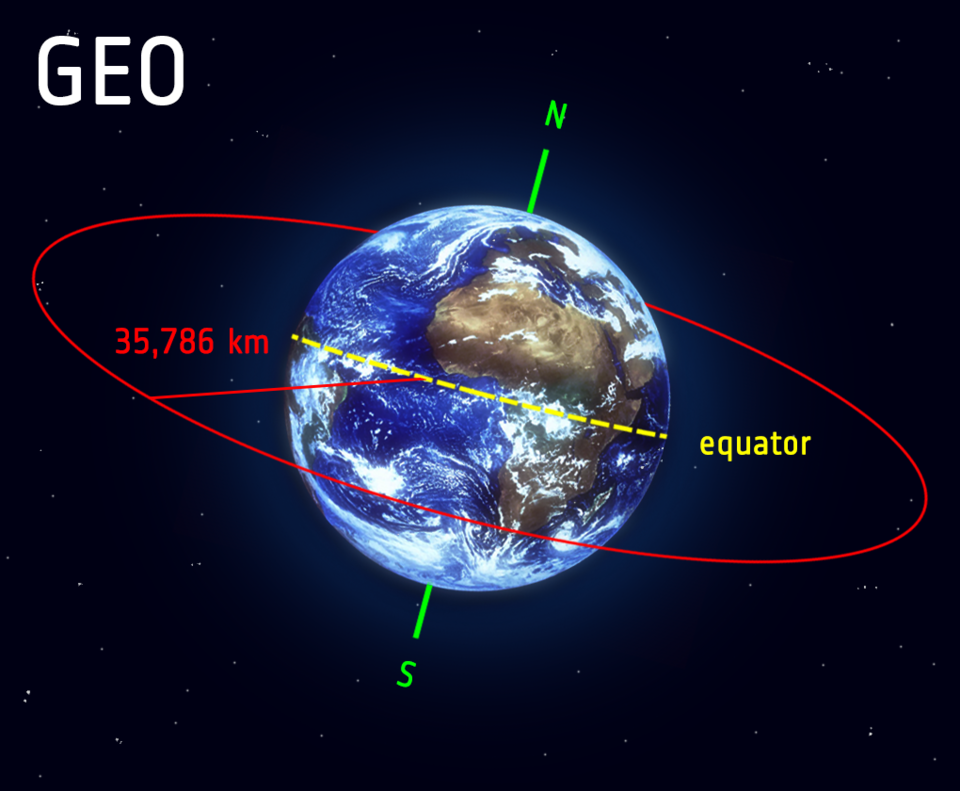
A Chinese satellite launched in 2018 is checking on other countries’ spacecraft high above the Earth in geostationary orbit. The Tongxin Jishu Shiyan Weixing-3 (TJS-3), vaguely described as an experimental communications satellite, has made close encounters with U.S. satellites in recent months.
The Orbital Focus Twitter account notes that the TJS-3 satellite was drifting along the geostationary belt, but stopped to “get to know” the USA 233 and USA 298 satellites, which are considered military communications satellites operated by the US Space Force.
Mission Update
TJS-3 p/l 1 (43874/2018-110A), China GEO inspector
Sat at 59° east, initially alongside TJS-3 p/l 2 that moved to graveyard 2021 Dec
Began wandering 2022 Jul 5 with brief stops near:
USA 233 (38070/2012-003A) – 2022 Sep 13
USA 298 (45465/2020-022B) – 2023 Feb 8— Orbital Focus (@OrbitalFocus) February 16, 2023
Satellites in geostationary orbit (GEO) operate at an altitude of 35,786 kilometers above the Earth, where their speed coincides with the planet’s rotation, making them seem to hover over one point on the Earth’s surface. Therefore, this orbit is highly valued for its use for communication and other purposes.
At the same time, a spacecraft that raises or lowers its orbit by several tens of kilometers will be able to drift west or east in line with other satellites, allowing the satellite to eventually slip past the others and survey the area.
Satellite Dashboard, a web-based tool that collects and analyzes Space Situational Awareness (SSA) data, shows that on October 31, 2022, TJS-3 approached USA 233 at a distance of 6.2 kilometers.
Silent war in space
In recent years, American, Russian, and Chinese satellites have increasingly scouted each other’s satellites in geostationary orbit, using close encounters to obtain images and other data.
Little is known about the TJS-3 satellite, but the United States and other countries will undoubtedly be watching its movements closely.

